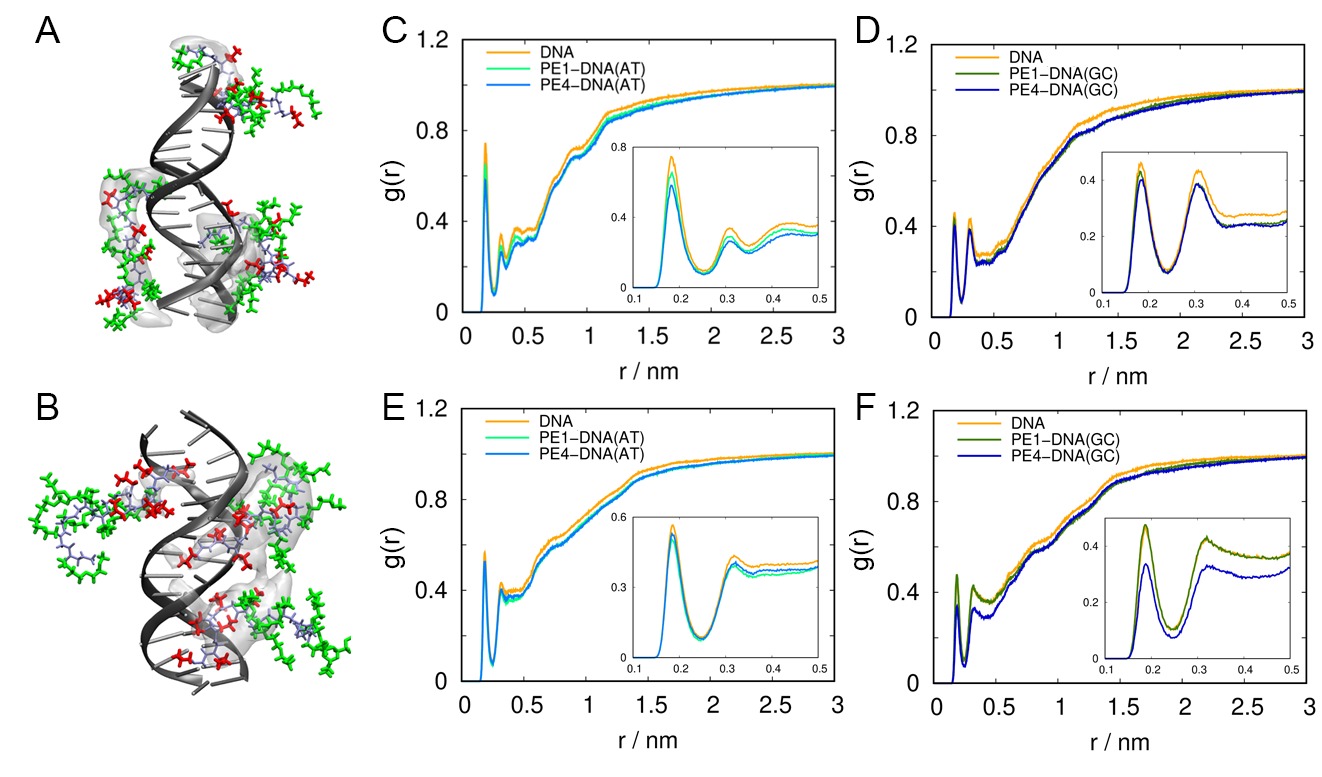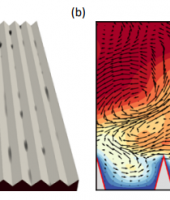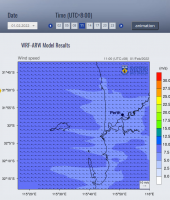Theoretical Studies of Bimolecular Interactions Under Non-equilibrium Conditions
The computational resources provided for project e90 were used to develop and apply innovative computational techniques to investigate biomolecular interactions and function under non-equilibrium conditions through several collaborative projects (listed as Challenges). The outcomes from these studies elucidated system behaviour in different conditions and help formulate rational design principles for efficient and nontoxic biomedical materials and nanodevices.
Area of science
Chemical Sciences, Geosciences, Molecular modelling of biomaterials
Systems used
Magnus
Applications used
The Challenge
Individual project challenges:
1) Exploring structure, dynamics and self-assembly of apolipoprotein A-I (ApoA-I)
2) Exploring small molecule analyte interactions with functionalised gold nanoparticle surfaces for chemical sensing
3) Investigating DNA Origami protection and molecular interfacing through engineered sequence-defined peptoids
4) Investigating the role of sequence on the conformation of star-shaped “Structurally Nanoengineered Antimicrobial Peptide Polymers” (SNAPPs) on their biological activity
The Solution
To address all challenges advanced multiscale computational techniques are being employed to provide atomistic insight into the structure, dynamics and interactions mechanisms of our systems in solutions. This information is crucial for the fundamental understanding of the molecular systems in question. and enable rational design of novel biomaterials for medical applications.
The Outcome
The Pawsey Supercomputing Centre provides the computational resources needed for the running and analysing our simulation data. These resources are crucial for the successful completion of the projects.
List of Publications
1. S. Wang, M. A Gray, S. Xuan, Y. Lin, J. Byrnes, A. I Nguyen, N. Todorova, M. M Stevens, C. R Bertozzi, R. N Zuckermann, O. Gang “DNA origami protection and molecular interfacing through engineered sequence-defined peptoids” Proceedings of the National Academy of Sciences, Vol. 117 (12), pp. 6339-6348 (2020)
2. N. Todorova, A. Bentvelzen, I. Yarovsky ”Electromagnetic field modules aggregation propensity of amyloid peptides” Journal of Chemical Physics, Vol. 152 (3), pp. 035104 (2020)
3. N. Kim, M. R Thomas, M S Bergholt, I. J Pence, H. Seong, P. Charchar, N. Todorova, A. Nagelkerke, A. Belessiotis-Richards, D J Payne, A. Gelmi, I. Yarovsky, M. M Stevens “Surface enhances Raman scattering artificial nose for high dimensionality fingerprinting” Nature Communications, Vol. 11 (1), pp. 1-12 (2020)
4. N Todorova, I Yarovsky “The Enigma of Amyloid Forming Proteins: Insights From Molecular Simulations” Australian Journal of Chemistry, Vol. 72, pp. 574–584 (2019)






